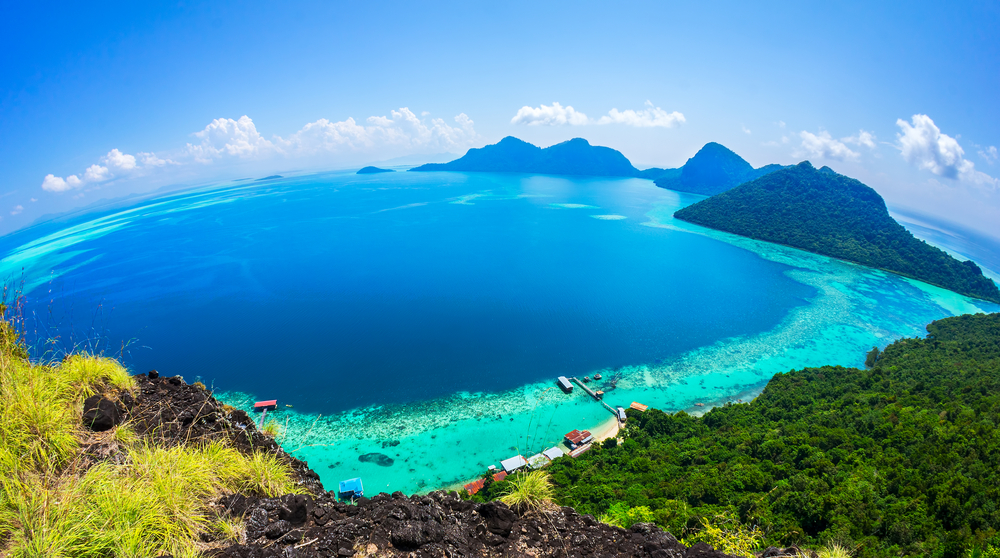South East Asia has some of the most stunning and bio-diverse waters in the whole world. Combined with almost perfect visibility year round, as well as warm temperatures, it is no surprise that this area of the world is highly revered in the SCUBA diving community. No country embodies this spirit of underwater adventure and exploration quite like Malaysia. There are hundreds of immaculate dive sites scattered around a myriad of lush and stunning islands, and well over three thousand species of marine creatures to feast your eyes on. If you are lucky enough to visit Malaysia on a diving trip, be sure to check out some of the following sites.
Pulau Siban, Sempora
Pulau Siban is a little off the beaten path, but what it lacks in infrastructure and amenities it makes up for in untouched natural beauty. Within a daytrip’s range from Semporna, this time machine of an island is sparsely inhabited by a few Baju families; a nomadic seafaring tribe whose way of life has not changed in centuries. There are no resorts on the island, but there are some of the best muck diving locations anywhere in the world. You will rub shoulders with magnificent creatures such as mandarinfish, lionfish, scorpionfish, frogfish, pygmy seahorses and alien-like nudibranches
WWII Wrecks, Kuching
The waters of the South China Sea saw a lot of military action during WWII, and subsequently are teeming with the wrecks of various vessels. Dutch submarines were particularly successful in sinking Japanese vessels, both support and military craft. The many wrecks that lie in the crystal clear waters off the coast of Kuching range from highly damaged ones such as the Katori Maru to fully intact wrecks such as the Hiyotoshu Maru. Both of these naval giants lie at a depth of 65 feet, and have been transformed into teeming ecosystems by the hands of time. There are hundreds of marine species that call these wrecks home, form snapper and batfish to large schools of barracuda.
Tiger Reef, Tioman
Tiger reef is by far the most popular dive site in Tioman Island, and for good reason. The reef is a dramatic submerged pinnacle whose summit is at a depth of 30 feet, and goes down almost vertically to 60 feet. This drop is densely populated with corals, that in turn provide both food and shelter to many underwater creatures. Large schools of mackerel, rainbow fish, jackfish and barracuda are attracted by the oxygenated waters and strong currents. You are also more than likely to catch a glimpse of moray eels, lionfish and stingrays.
Turtle Cavern
Both beautiful and macabre, Turtle Cavern is truly a one of a kind dive site. Also known as Turtle Tomb, this sprawling complex of caves is littered with thousands of turtle skeletons. For reasons not quite clear to scientist, turtles from miles around come to these caves when they are at the end of their loves. You will be glad to know that there is also a thriving community of turtles that are very much alive and active. This dive site is not recommended to first time or inexperienced divers, as there are many dead ends in the caves, and they might feel a little claustrophobic. The caves have many air pockets, allowing you to surface, remove your breathing gear and have a chat with your diving mates.
Sipadan Jetty/Drop-off
The Drop off is Sipadan’s most easily accessible dive site, as is in close proximity to the island’s main jetty. Whoever coined the name drop-odd was not kidding. The sheer drop into deep ocean is truly epic; all 130 feet of it. This means that conditions are perfect for wall dives, allowing divers to explore the soft and hard coral formations that adorn the wall. The whole area is bustling with wildlife, including vast schools of barracuda, batfish and mackerel, and as well as the magnificent leopard shark and white tip reef shark.

